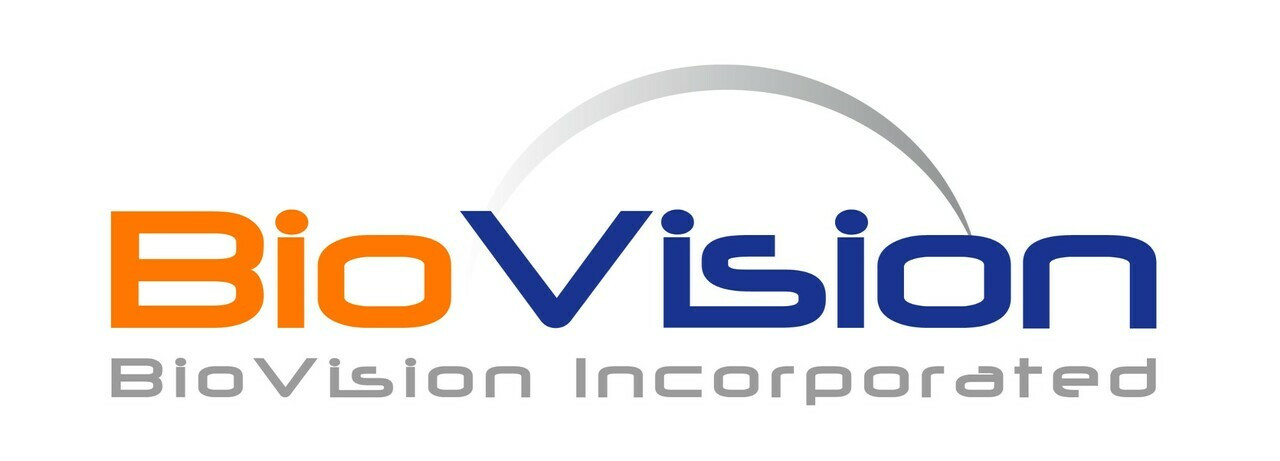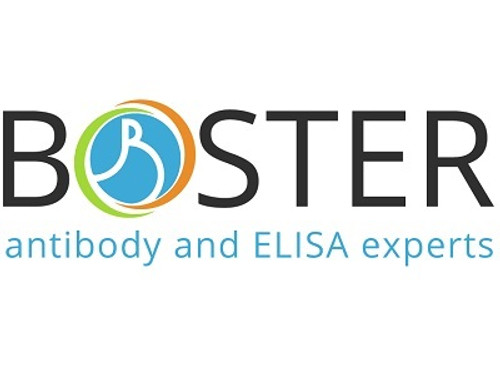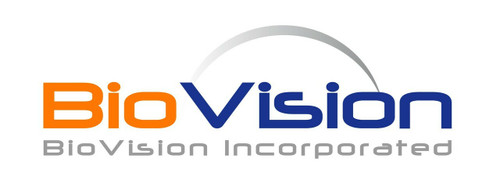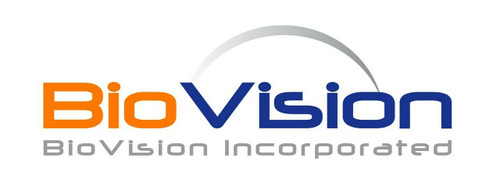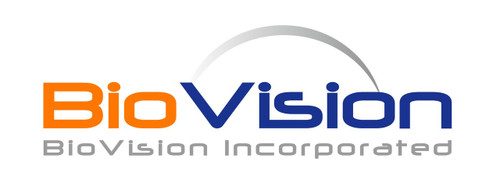Product Description
RANKL and RANK are members of the TNF superfamily of ligands and receptors that play an important role in the regulation of specific immunity and bone turnover. RANK (receptor) was originally identified as a dendritic-cell-membrane protein, which by interacting with RANKL augments the ability of dendritic cells to stimulate naïve T cell proliferation and to promote the survival of RANK + T cells. RANK is also expressed in a variety of tissues including skeletal muscle, thymus, liver, colon, small intestine and adrenal gland. The RANK/RANKL interaction is important in the regulation of osteoclastogenesis and in dendritic-cell-mediated T cell immune responses. Impairments in RANK signaling have been implicated in the induction of expansive osteolysis and Paget disease of bone (PDB2). Recombinant human sRANK receptor is a 19.3 kDa polypeptide containing the TNFR homologous cysteine rich portion of the extracellular domain of RANK receptor (175 amino acid residues).
Biovision | 7192 | sRANK Ligand rat recombinant DataSheet
Biomolecule/Target: sRANKL
Synonyms: TNFRSF11A, ODFR (osteoclast differentiation factor receptor), ODAR (osteoclast differentiation and activation receptor), TRANCE Receptor
Alternates names: Macrophage-Derived Chemokine, CCL22, STCP-1, ABCD-1
Taglines: Regulates osteoclastogenesis and dendritic-cell-mediated T cell immune responses.
NCBI Gene ID #: 20299
NCBI Gene Symbol: CCL22
Gene Source: Murine
Accession #: O88430
Recombinant: Yes
Source: E. Coli
Purity by SDS-PAGEs: 98%
Assay: SDS-PAGE
Purity: N/A
Assay #2: HPLC
Endotoxin Level: < 0.1 ng/g of protein (<1EU/g).
Activity (Specifications/test method): Determined by its ability to chemoattract human activated lymphocytes using a concentration range of 10.0-100.0 ng/ml.
Biological activity: Determined by its ability to chemoattract human activated lymphocytes using a concentration range of 10.0-100.0 ng/ml.
Results: N/A
Binding Capacity: N/A
Unit Definition: N/A
Molecular Weight: 7.8 kDa
Concentration: N/A
Appearance: Lyophilized powder
Physical form description: Sterile filtered through a 0.2 micron filter. Lyophilized with no additives.
Reconstitution Instructions: Centrifuge the vial prior to opening. Reconstitute in water to a concentration of 0.1-1.0 mg/ml. Do not vortex. This solution can be stored at 2-8°C for up to 1 week. For extended storage, it is recommended to further dilute in a buffer containing a carrier protein (example 0.1% BSA) and store in working aliquots at -20°C to -80°C.
Amino acid sequence: GPYGANVEDS ICCQDYIRHP LPSRLVKEFF WTSKSCRKPG VVLITVKNRD ICADPRQVWV KKLLHKLS
 Euro
Euro
 USD
USD
 British Pound
British Pound
 NULL
NULL

